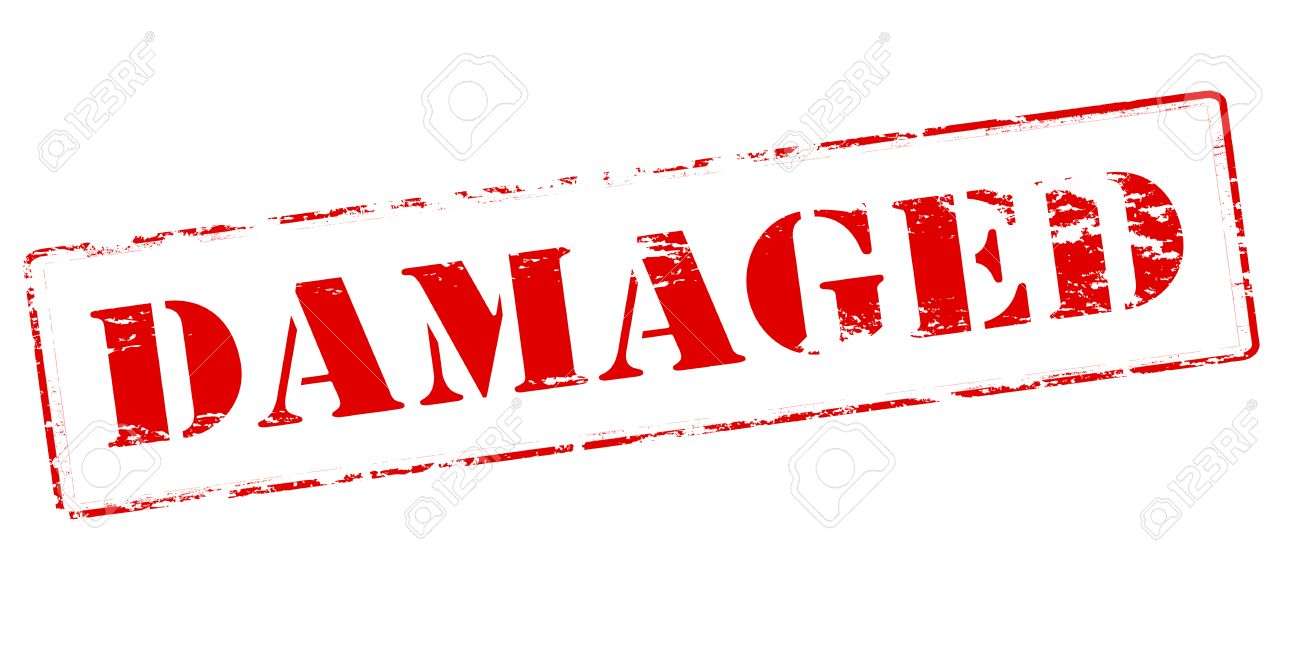The Volokh Conspiracy
Mostly law professors | Sometimes contrarian | Often libertarian | Always independent
The Unknown History of State Constitutional Prohibitions on Government Actions that "Damage" Property without Compensation
Many state constitutions require the government to pay compensation when it acts in ways that "damage" private property. An important new article by legal scholar Maureen Brady reveals the previously ignored history of these provisions, and the lessons that can be learned from it.

The Fifth Amendment to the federal constitution and virtually all state constitutions require the government to pay compensation when it "takes" private property. But many state constitutions also require compensation for government actions that "damage" property. Until now, these "Damagings Clauses" have largely been ignored by legal scholars - and also by property rights advocates. But an outstanding new article by University of Virginia law professor Maureen "Molly" Brady could help change that. She sheds light on the origins of these clauses in the late nineteenth and early twentieth centuries, the ways in which they have been largely gutted by court decisions, and what can be done to reuscitate them today. Here is the abstract:
Twenty-seven state constitutions contain a clause prohibiting the "damaging" or "injuring" of property for public use without just compensation. Yet when compared to its relative, the Takings Clause of the Federal Constitution—which says that private property cannot be "taken" for public use without just compensation—the ways in which state courts interpret and apply their "damagings clauses" have remained opaque and virtually unstudied.
This Article recovers the hidden history of the state damagings clauses. It traces the clauses to the threats to private property posed at the turn of the twentieth century as a result of rapid infrastructural improvement. These state constitutional provisions were meant to fix perceived inequities resulting from strict application of takings law: many jurisdictions would not recognize a right to compensation when public works affected use rights and drastically devalued property but did not physically invade or appropriate it. Drafters envisioned the damagings clauses as a powerful bulwark for property owners whose livelihoods and homes were affected yet not touched by public works. However, as state courts were tasked with the brunt of the interpretive work, their rulings coalesced around a variety of doctrinal limitations that severely undercut the clauses' potency. As a result, modern interpretations of the clauses mainly provide coverage in a variety of contexts where the offending activity would already qualify as a physical-invasion taking under most federal precedents.
This Article argues that the damagings clauses deserve broader applications in condemnation law. Damagings comprise a more limited and historically supported category than regulatory takings, for which courts have long awarded compensation. Moreover, courts already try to mandate compensation for some of these types of injuries by manipulating ordinary takings law, leading to unnecessary doctrinal confusion. As a new wave of infrastructural growth looms, it is time for professors and practitioners to return their attention to these forgotten provisions of the state constitutions.
In the article, Prof. Brady explains how damagings clauses were enacted in order to compensate owners for harm inflicted by new infrastructure development that was not covered by the then-dominant interpretation of state takings clauses, which generally required either a physical invasion or occupation of the property or (in the case of regulatory takings) direct restrictions on the owner's right to use the land. This did not cover such situations as the creation of various types of pollution, debris, and access barriers that sometimes rendered property difficult or impossible to use. But, while the wording of the clauses and the originally understood meaning, suggested they should apply broadly, Brady shows that over time courts in most states effectively gutted them, restricting compensation only to cases where compensation was already likely to be required by state or federal takings clauses.
This history is a lesson in how a seemingly successful constitutional reform movement can be stymied over time by failure to follow up on early victories, and restrictive judicial applications. This experience is certainly worth considering, as modern property rights activists seek to combat abuses of eminent domain, and restrictive zoning. Often, enacting legislation or even (as in this case) passing constitutional amendments is just the beginning of the battle, not the end.
Brady identifies multiple possible reasons for the failure of the Damagings Clauses, including judges' concerns that enforcing them would impose too many constraints on building of new infrastructure. But one factor that is worth highlighting is the way in which the vagueness of the clauses make it difficult to distinguish between "damagings" (which require compensation), and mere diminutions of value (which do not).
This article is not the last word on Damagings Clauses. As the author recognizes, she does not provide a clear standard for expanding the use of these clauses in the future, though she makes a good case that the current highly restrictive approach adopted by most state courts is defective. There is also more work to be done in explaining how and why these clauses were rendered largely toothless over time. But the piece is a major step forward in our understanding of this important and unduly neglected episode in the history of legal battles over property rights. If you have any interest in takings law, property rights, or constitutional reform movements, you should check it out!


Show Comments (5)